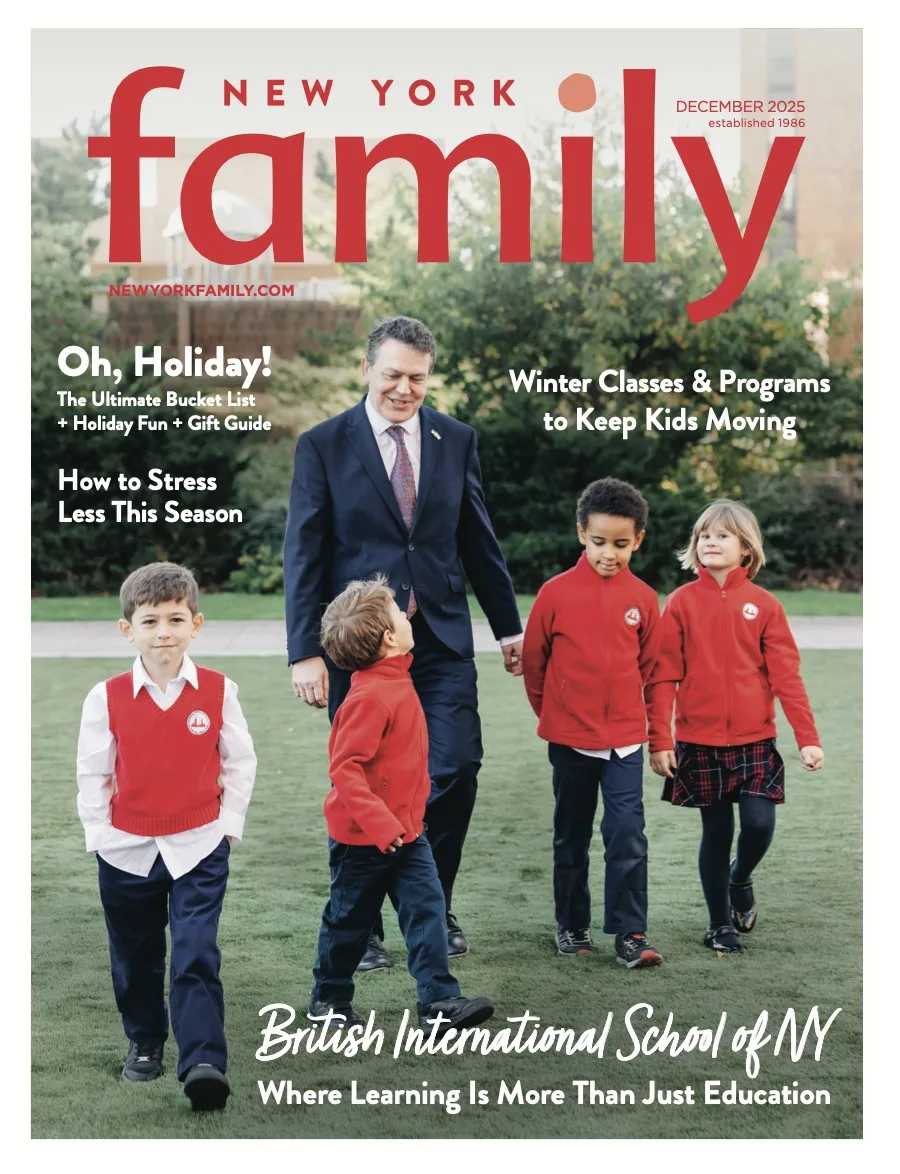As Joseph Marek and his wife, Kathy, raised their four children, they’ve been careful to instill good eating habits right from the beginning.
“The origin of heart disease starts in childhood. And our dietary habits start when we’re kids,” he says.
Marek should know. He’s a cardiologist with Midwest Heart Specialists and Medical Director of Young Hearts for Life® Cardiac Screening Program, both of which are in suburban Chicago.
New guidelines, issued in November by the National Heart, Lung, and Blood Institute and endorsed by the American Academy of Pediatrics, recommend first testing a child’s cholesterol level between ages 9 and 11. Children with elevated levels should begin lifestyle changes.
Most people know heart-healthy eating is about reducing saturated and trans fats by cutting back on fatty meats, sausages and hot dogs, fried foods, and full-fat dairy. But did you know that by including certain foods, you can improve the effectiveness of a low-fat diet?
A study published in the Journal of the American Medical Association found that by adding a portfolio of cholesterol-lowering foods to an otherwise heart-healthy diet reduced the subjects’ low-density lipoprotein cholesterol by about 13 percent. Those who simply lowered their saturated and trans fat intake lowered their low-density lipoprotein by three percent.
Let’s take a look at a few child-friendly foods that provide heart benefits to the entire family:
• Beans. These protein rich vegetables are an excellent source of dietary fiber that keep cholesterol low. If you’re thinking there’s no way your offspring will ever eat whole beans, consider these forms: hummus with pita bread or crackers, or as a substitute for mayo on sandwiches. Think black bean dip or even fat-free refried beans as a side.
• Salmon. Rich in omega-3 fats, this low-mercury fish can be microwaved, baked, or grilled. Save money by stocking up on the canned variety when it’s on sale and make salmon salad instead of tuna. Canned salmon is almost always wild caught.
• Popcorn. Three cups of popped popcorn is a serving of whole grain and a tasty snack. It’s pennies per serving if you pop your own using a stovetop popper, and a little heart-healthy oil like canola, or even olive oil. To avoid choking, children should be at least 4 before they are allowed to eat it, according to a policy statement by the American Academy of Pediatrics.
• Concord grape juice. More than a decade’s worth of research suggests that the polyphenols found in 100 percent grape juice act as antioxidants. A four-ounce glass counts as one serving of fruit and contains no added sugar.
• Nuts. While walnuts are often touted as being most beneficial for heart health, the Food and Drug Administration has approved health claims for hazelnuts, peanuts, pine nuts, pistachios, and walnuts. Nut skins are where the greatest amount of beneficial phenols reside. Avoid giving nuts to very young children to avoid choking.
• Oats. A steaming bowl of old-fashioned oatmeal with a bit of brown sugar and butter on a chilly morning hits the spot and keeps arteries clean, too. Or, turn oats into flour by whirling it in the blender and adding it to meatballs, meatloaf, stuffed peppers, and baked goods like quick breads and cookies.
• Soy protein. Look for soy with minimal processing. For example, cut-up cubes of tofu are soothing to a teething child and easy to eat. Fresh or frozen edamame that are steamed are fun for kids to snack on, or you can add them to stir fry.
“It’s a constant battle to develop healthy eating habits when they’re kids,” adds Dr. Marek. “I think this starts with the parents. They have to start with their diet, and the children will follow.”
Barbecue Salmon
INGREDIENTS:
1 pound salmon steak fillets with the skin on one side
Non-stick spray
½ cup barbecue sauce
DIRECTIONS: Light the grill. Heat to 350 degrees or medium heat. Spray grill generously with non-stick spray. Grill the salmon, skin side down, over moderate heat until the skin is lightly charred and crisp, about five minutes. Spread a layer of your favorite BBQ sauce on the fish. Turn the salmon. When turning, slide the salmon steak from the skin. The skin will stay on the grill and you can flip the steak. Now apply more sauce. Grill until just cooked thoroughly, four to five minutes longer. Transfer the fish to a platter.
Recipe provided by Kathy Marek.
“I found that by adding the familiar taste of barbecue sauce, they were more apt to try it,” she says. “Over the years, this has become one of our favorite ways to eat salmon.”
NUTRITION FACTS: 230 calories, 11 grams carbohydrate, 26 grams protein, 8 grams fat (1.5 saturated, 2.7 grams omega-3), 70 milligrams cholesterol, 320 milligrams sodium.
Christine M. Palumbo, RD, is the former cardiology dietitian at the University of Chicago Medical Center and a current member of Welch’s Health and Nutrition Advisory Panel. She can be reached at Chris@ChristinePalumbo.com.














